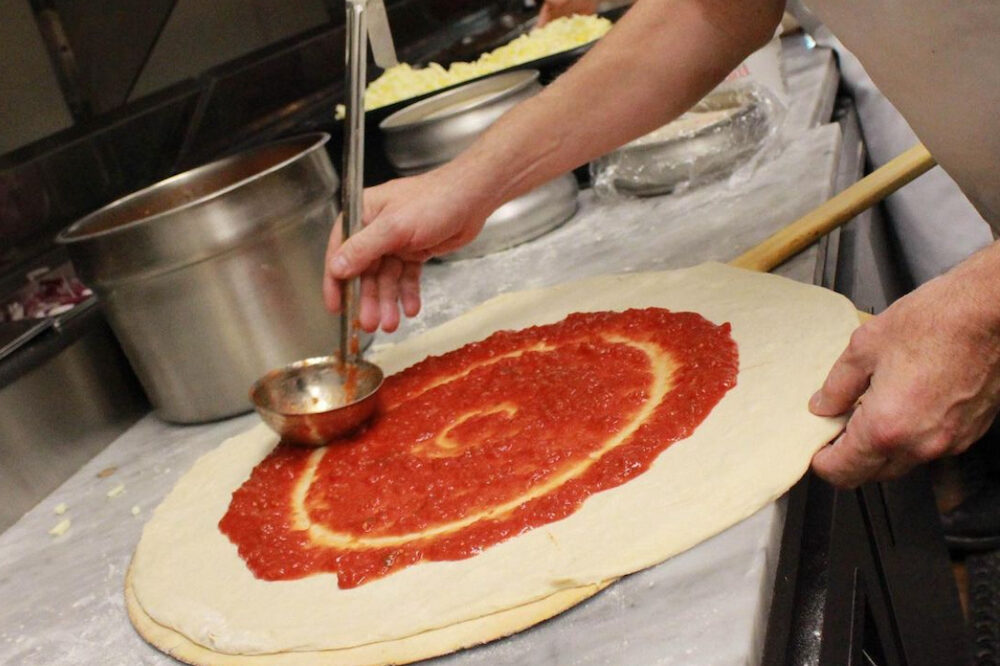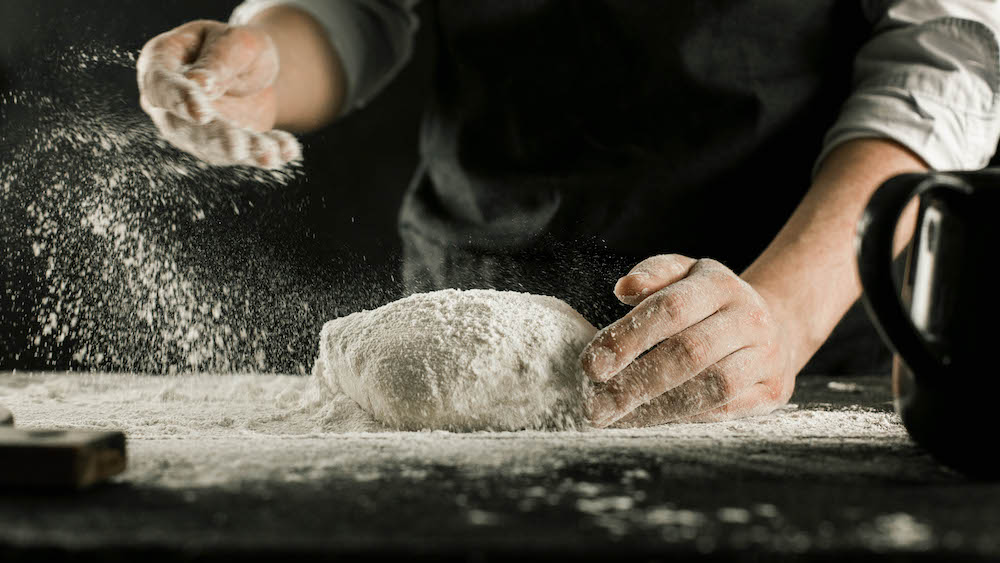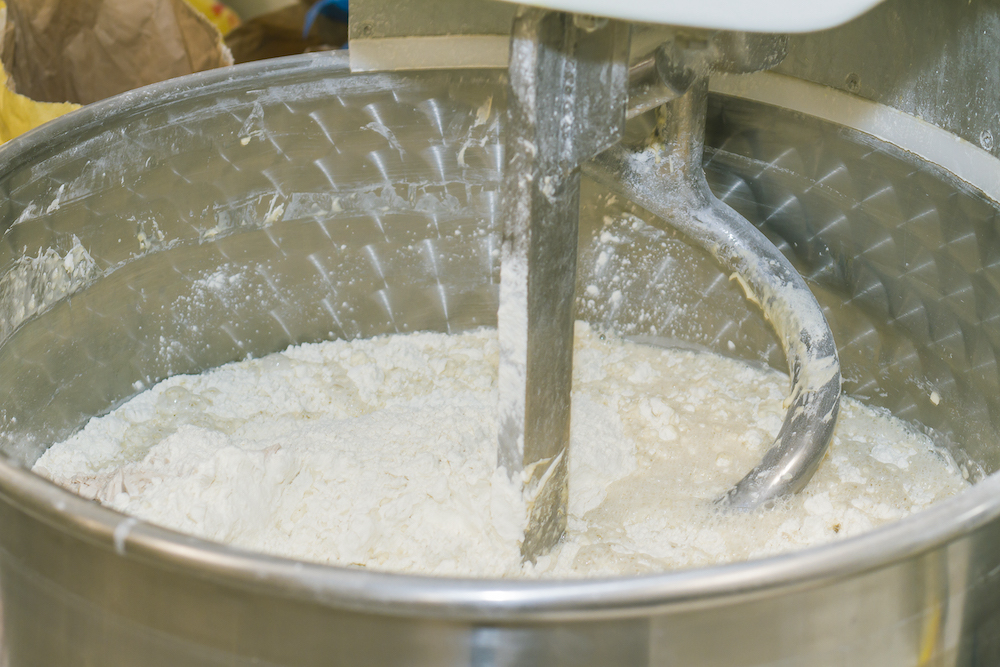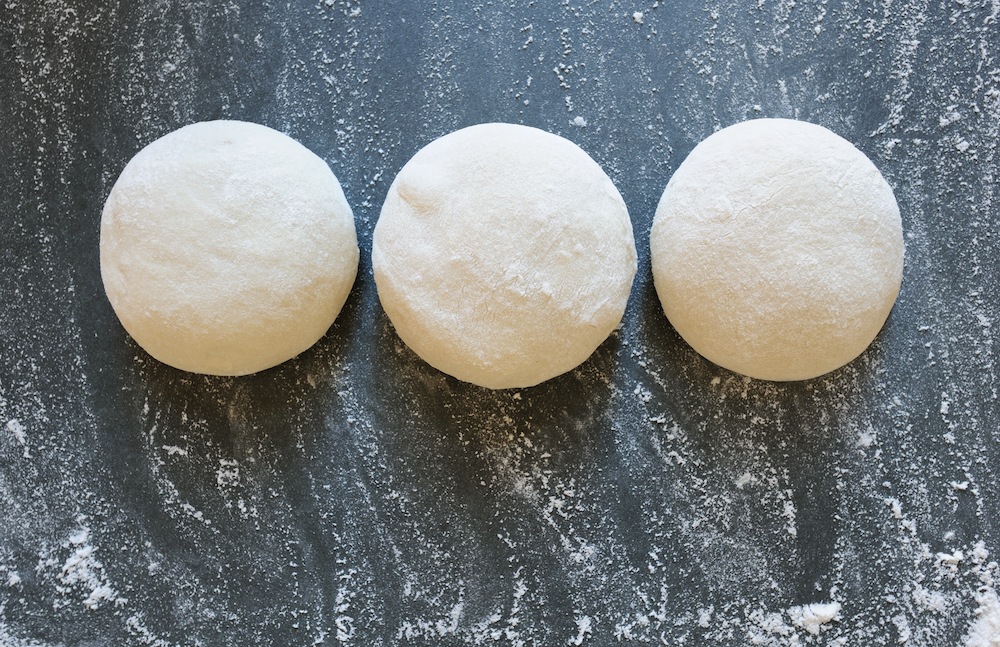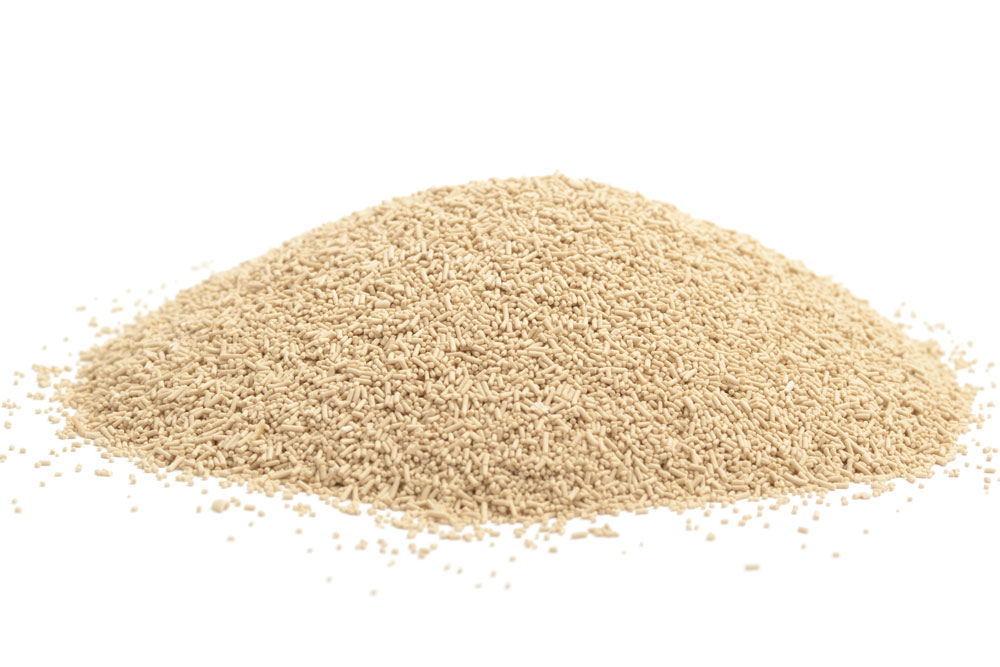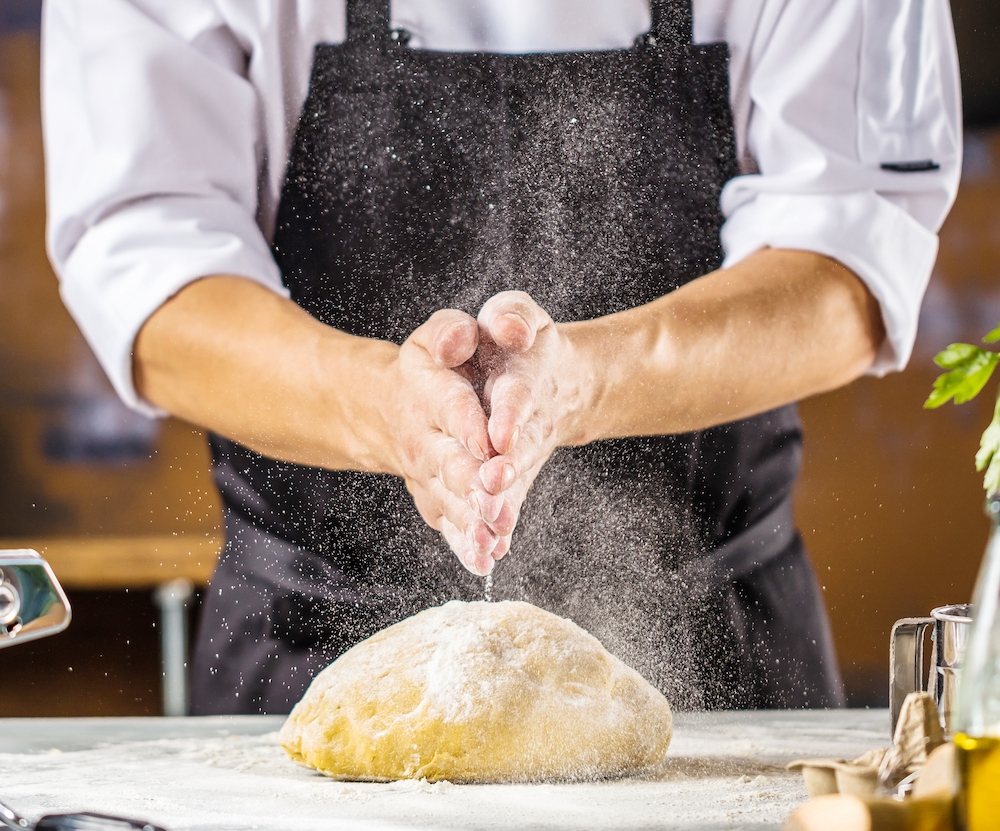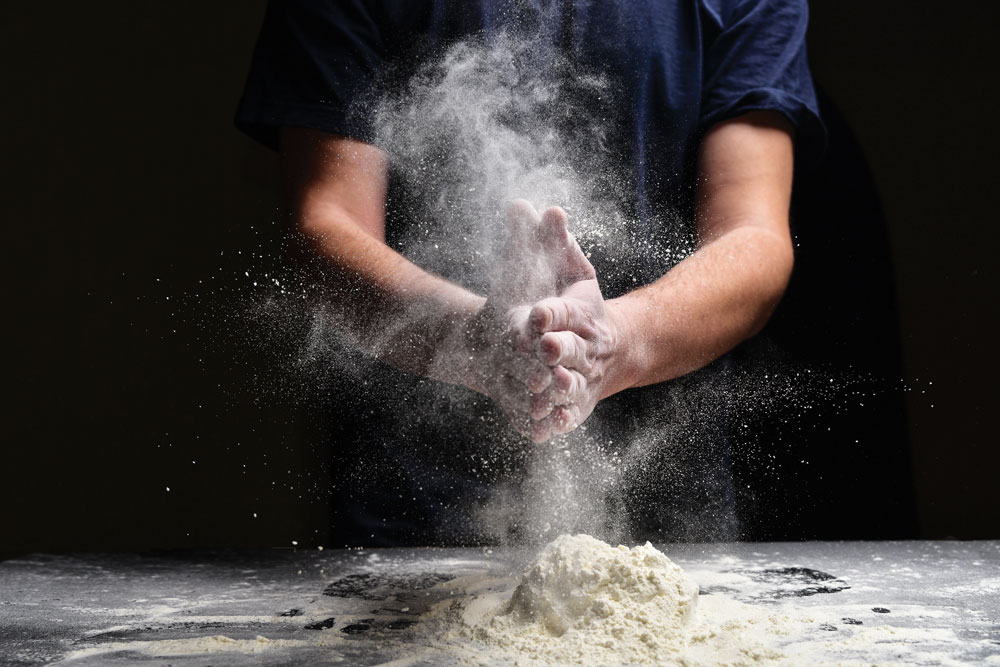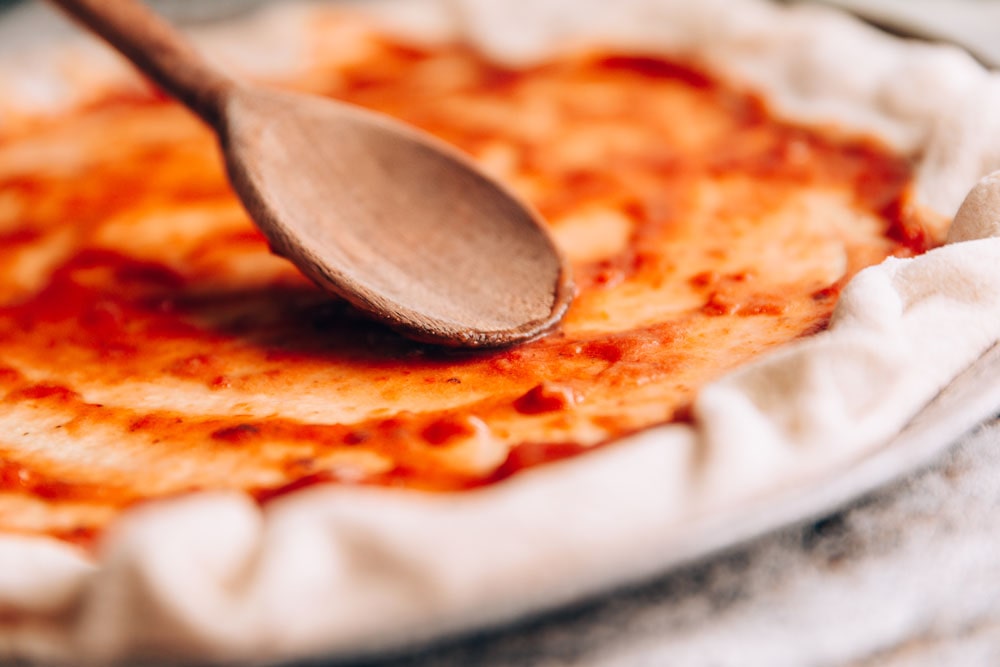QUESTION:
Can you offer any tips on how to convert my thin-crust pizza dough to a deep-dish dough?
ANSWER:
Last month we tackled the pesky problem of tough, chewy deep-dish crusts. So it makes sense to delve a little deeper into the deep-dish dilemma: How do you add deep-dish pizza to your menu when you’ve been making thin-crust dough for all these years? Fortunately, it’s quite doable. I’ve learned a few things over the years on the subject, so I’ll share some tips with you. Here’s a step-by-step process for converting a thin-crust dough formula to a deep-dish formula:
1. Reduce the dough absorption by 3% to 5%.
2. Increase the oil content to 4% or, better yet, replace the oil with a semi-plastic fat such as Crisco, butter or margarine.
3. Increase the yeast level in the dough to 2% (for compressed yeast), 1% (for active dry yeast/ADY) or 0.75% (for instant dry yeast/IDY).
4. Limit the refrigerated shelf life of the dough to no more than 48 hours.
5. Use semi-plastic fat to grease the entire pan for a crust with a dry appearance. Alternately, you can apply the semi-plastic fat only to the sides of the pan and use oil in the bottom of the pan to achieve a fried crust characteristic.
6. While your dough can be pressed into the pan, it is better to roll the dough out to a size that’s just a little larger than the pan diameter and fit the dough into the pan.
7. For a flat crust, allow the dough to proof to desired thickness (5/8” to ¾”) before dressing and baking. If the dough will be refrigerated for use later in the day, allow the dough to proof to about ½ to 2/3 of this height before taking it to the cooler.
8. For a raised edge on the crust, allow the dough to proof/rise for about 20 minutes. Then form a raised edge by using your fingers to pull the dough up the inside edge of the pan. The higher up you pull the dough, the more pronounced the raised edge will be. Then allow the dough to continue rising as described in step 7.
Note: Proof times may vary to some extent, but they normally run from 60 to 75 minutes for a fully proofed dough. Be sure to keep the pans of dough covered during proofing to prevent the dough from drying.




